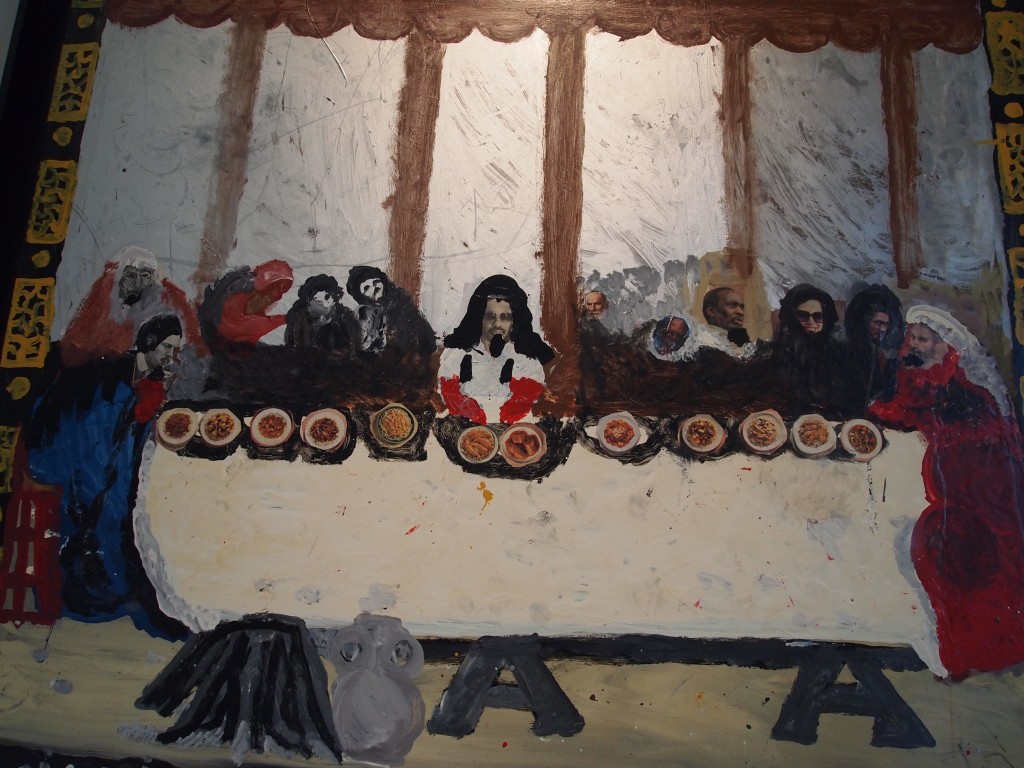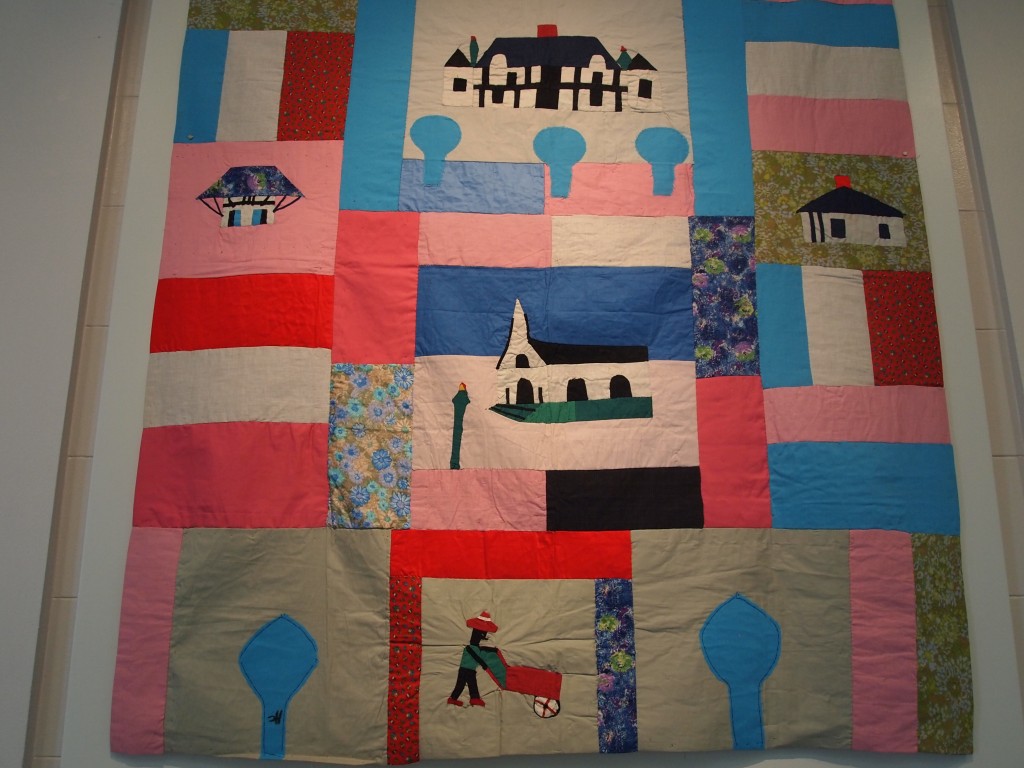
This exhibition features the work of eleven nationally recognized self-taught southern American artists born from the turn of the twentieth century to the World War II era. These artists, with minimal formal education and no art education, often began making art as a result of a dramatic life change, such as retirement (Sam Doyle) or following a call from the voice of God (Sister Gertrude Morgan).
Without knowledge of the artistic mainstream and the works of other artists, these individuals were sometimes referred to as “outsider” or folk artists. They lived, however, as insiders, deeply rooted in their communities, unaffected by the synergy of the commercial urban art world. Often their own environment and life experiences were the source for their imagery, ideas, and materials. Biographical and local in its initial reference, the imagery in this work is often universal in its message and visual appeal.
Their expression is spontaneous, direct, and raw. This unknowing liberation from outside expectations—preconceived notions of painting on a rectangular canvas or the constraints of using selected sculptural materials—has resulted in their use of unconventional materials and innovative techniques. In these works you will see materials salvaged from trash heaps, including rusted farm and car parts from the junkyard, used roofing tin, and a New Orleans cypress door. Sometimes they employed house paint mixed with mud, or applied 3-D objects like carpet or paint can lids to the work’s surface, all as a means of creative expression.
NOMA has long recognized the importance of American self-taught artists and has been a leader in bringing their work into the national arena, reflected in award-winning exhibitions, scholarly publications, an abundance of public programs, and by proactively developing a permanent collection. These artists’ unfiltered aesthetic vision has quietly inspired many leading contemporary artists. Their works now stand alongside that of mainstream artists in many major museums. Through the efforts of appreciative museums, collectors, and scholars, self-taught artists are now being recognized for their contribution to American art history.
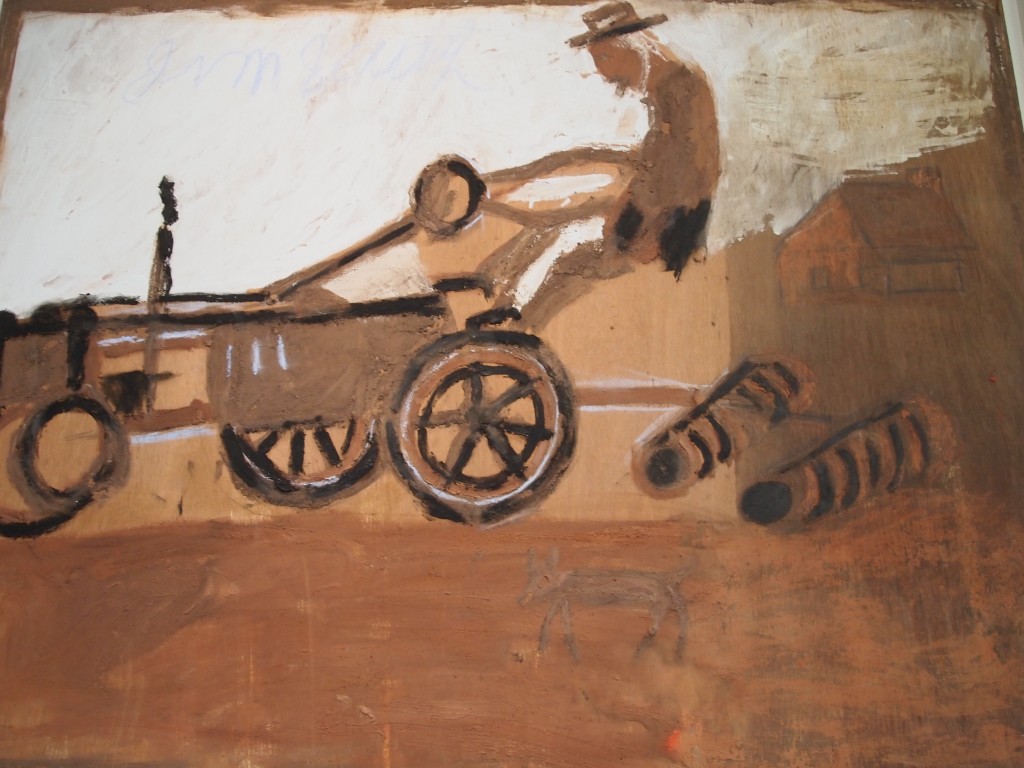
Exhibit 5 (Self-Taught Artists)
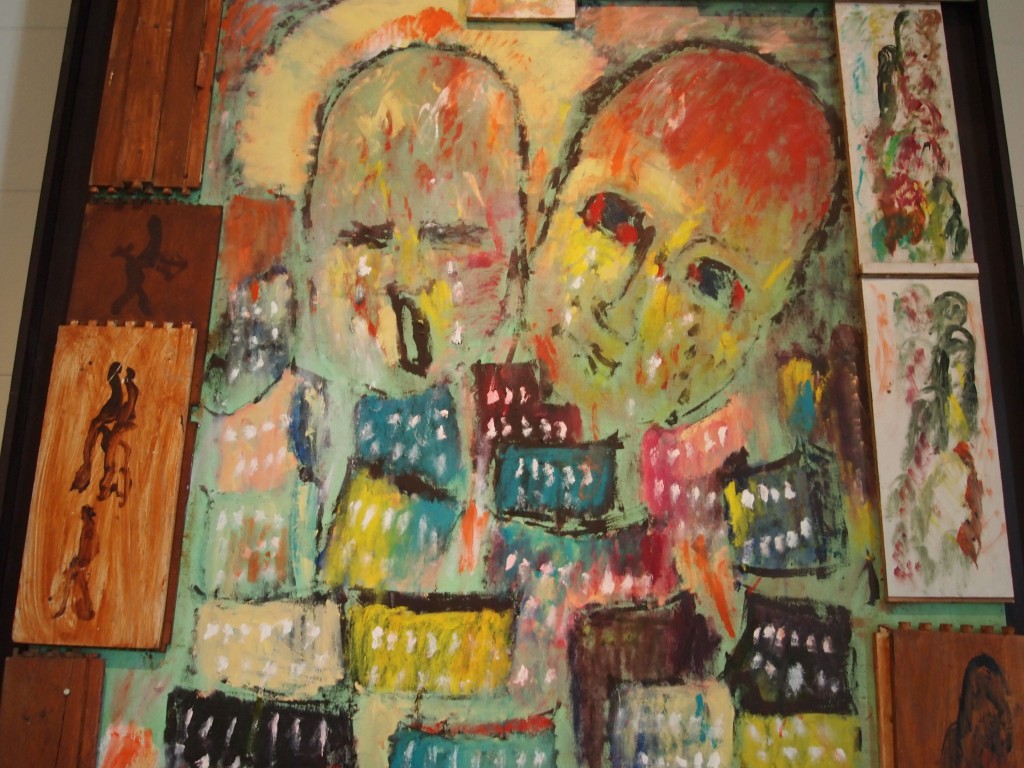
Exhibit 6 (Self-Taught Artists)
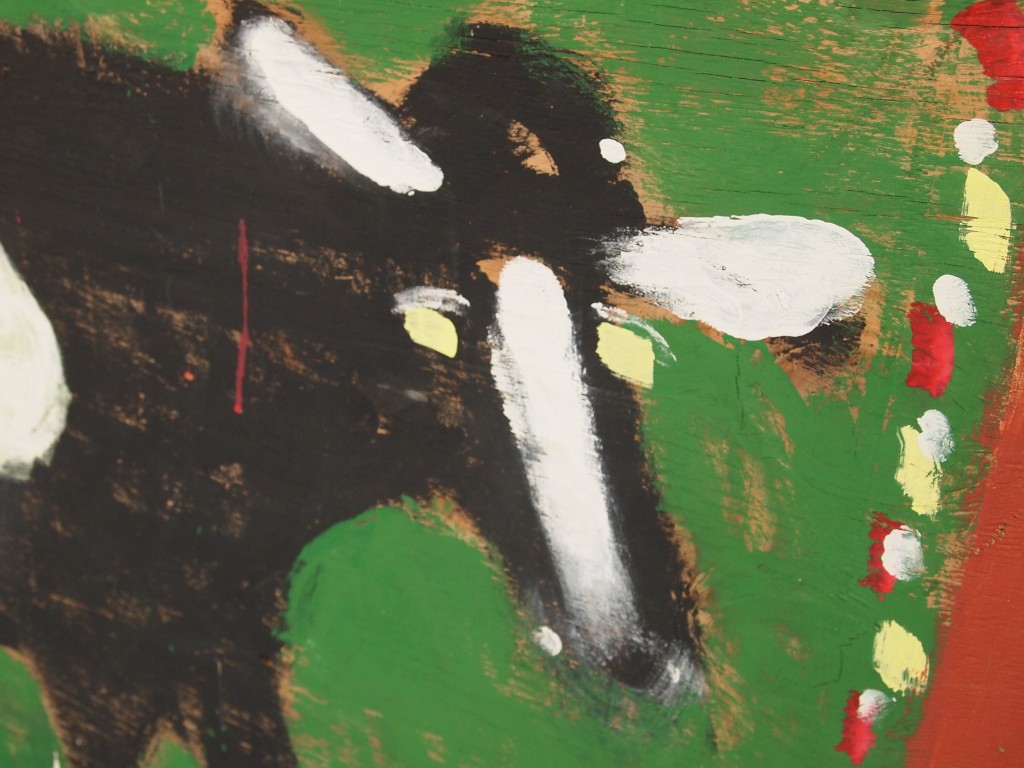
Exhibit 3 (Self-Taught Artists)
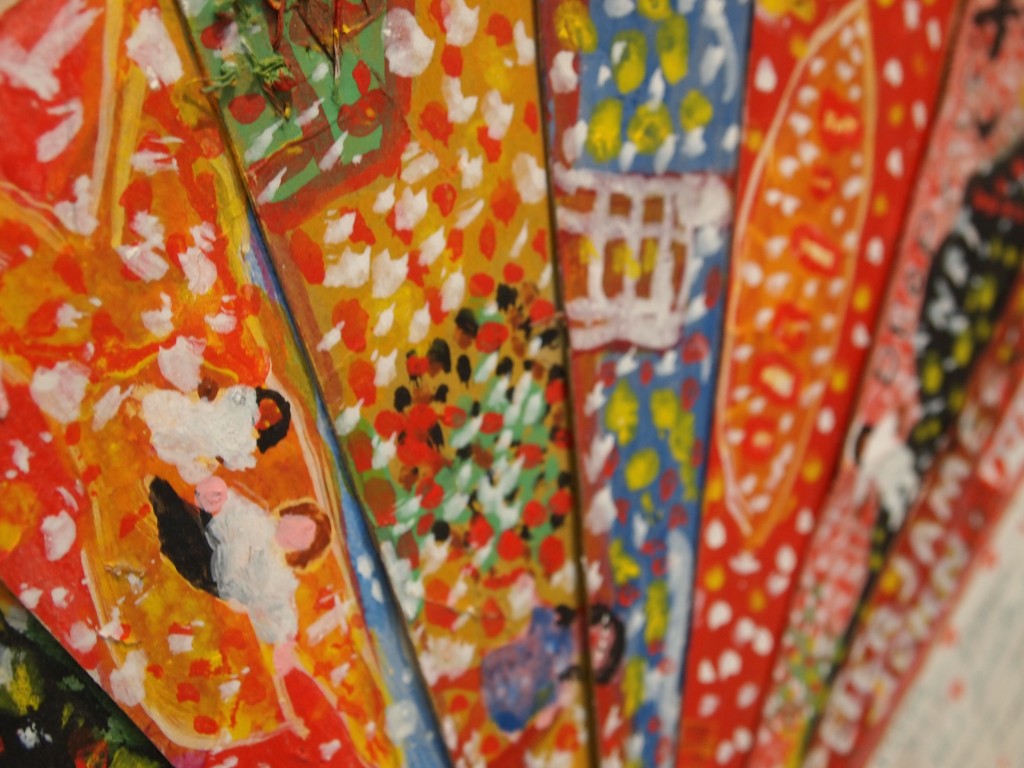
Exhibit 2 (Self-Taught Artists)

Exhibit 4 (Self-Taught Artists)
